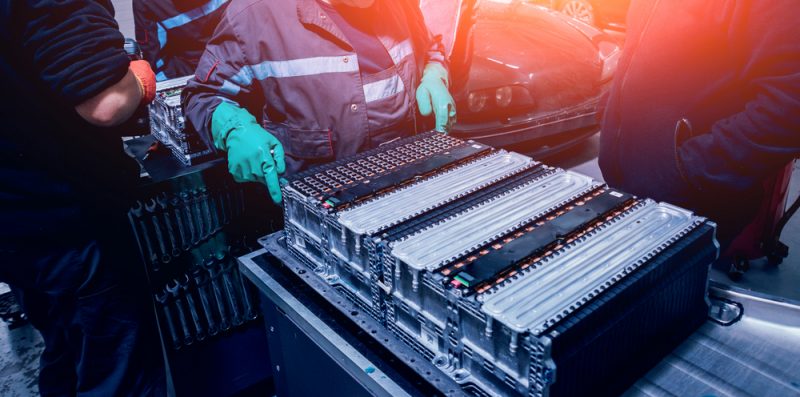Illinois Commerce Commission discusses electrification evolution in commercial, public vehicles

The Illinois Commerce Commission (ICC) held its second policy session on electric vehicles this week, focusing on developments made in commercial fleets and public buses, as well as barriers to growth and the benefits of transitioning to more electric vehicles.
One of the main benefits being discussed is its environmental value.
“According to the U.S. Environmental Protection Agency, the transportation sector alone produces almost a third of the total U.S. greenhouse gas emissions,” Acting Commissioner Anastasia Palivos said. “There is great opportunity to significantly reduce carbon emissions by further developing electric transportation.”
The session was broken up into three panel discussions. The first concerned the new technologies available and the infrastructure needed to support them, while the second was on the challenges and opportunities presented by an electrified city bus system. The third dealt with the current legal and regulatory situation facing transportation electrification in Illinois.
Private and public experts served as panelists for the discussions. Panelists at the first session noted that the cost of electric vehicles has been decreasing, putting it more easily in the price point for commercial users. They concluded that government support will be necessary to bring more electric vehicles to market, but that as range goes up and environmental impact and diesel price volatility go down, their attractiveness increases.
In the second, panelists agreed that the industry needs to collaborate with the utility industry for planning and development to minimize costs, and with each other to share charging infrastructure. At the last panel discussion, they concluded that electric vehicle adoption should be competitive, with charging stations accessible to one and all, paid for by public dollars, and with programs available to benefit low-income customers.
